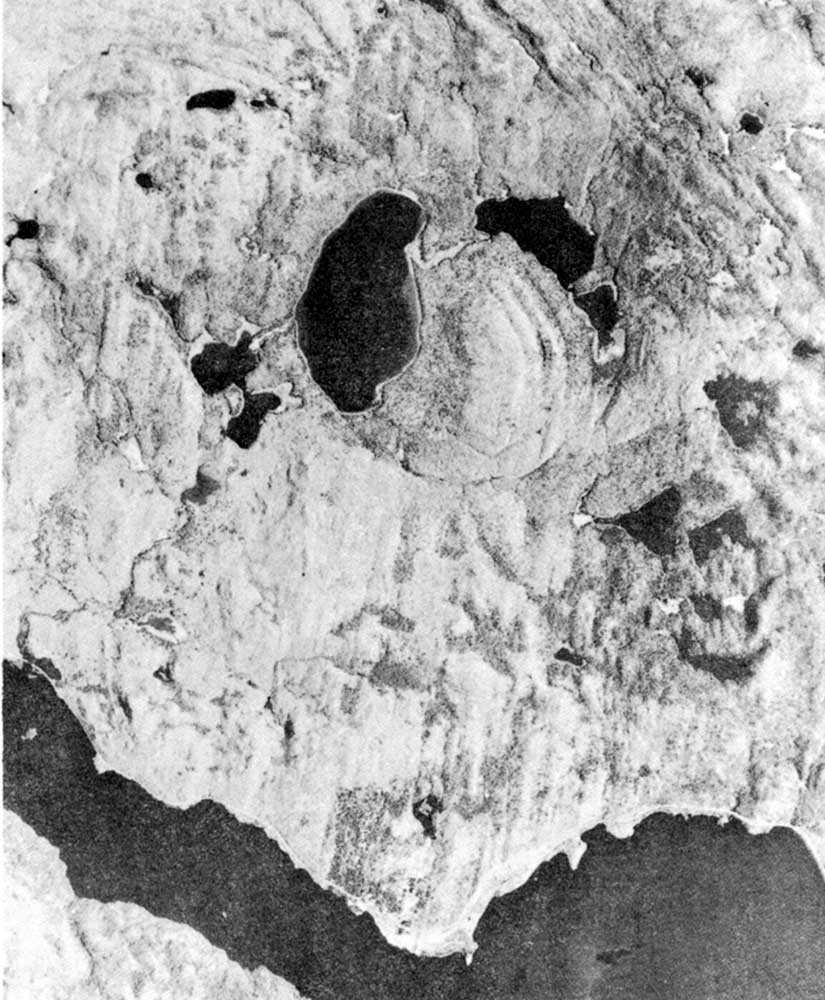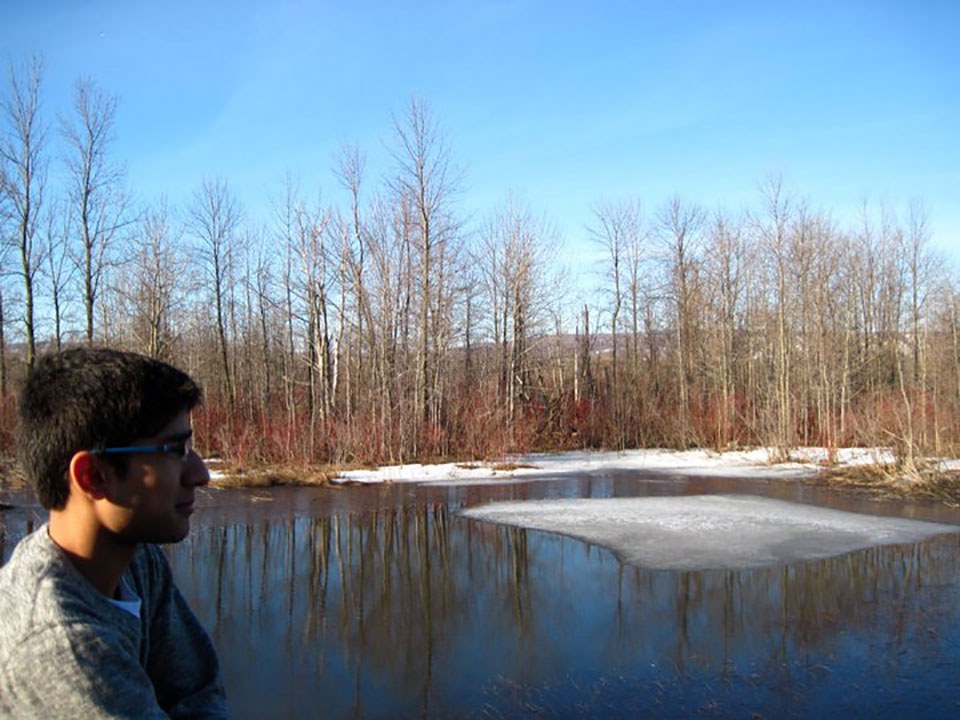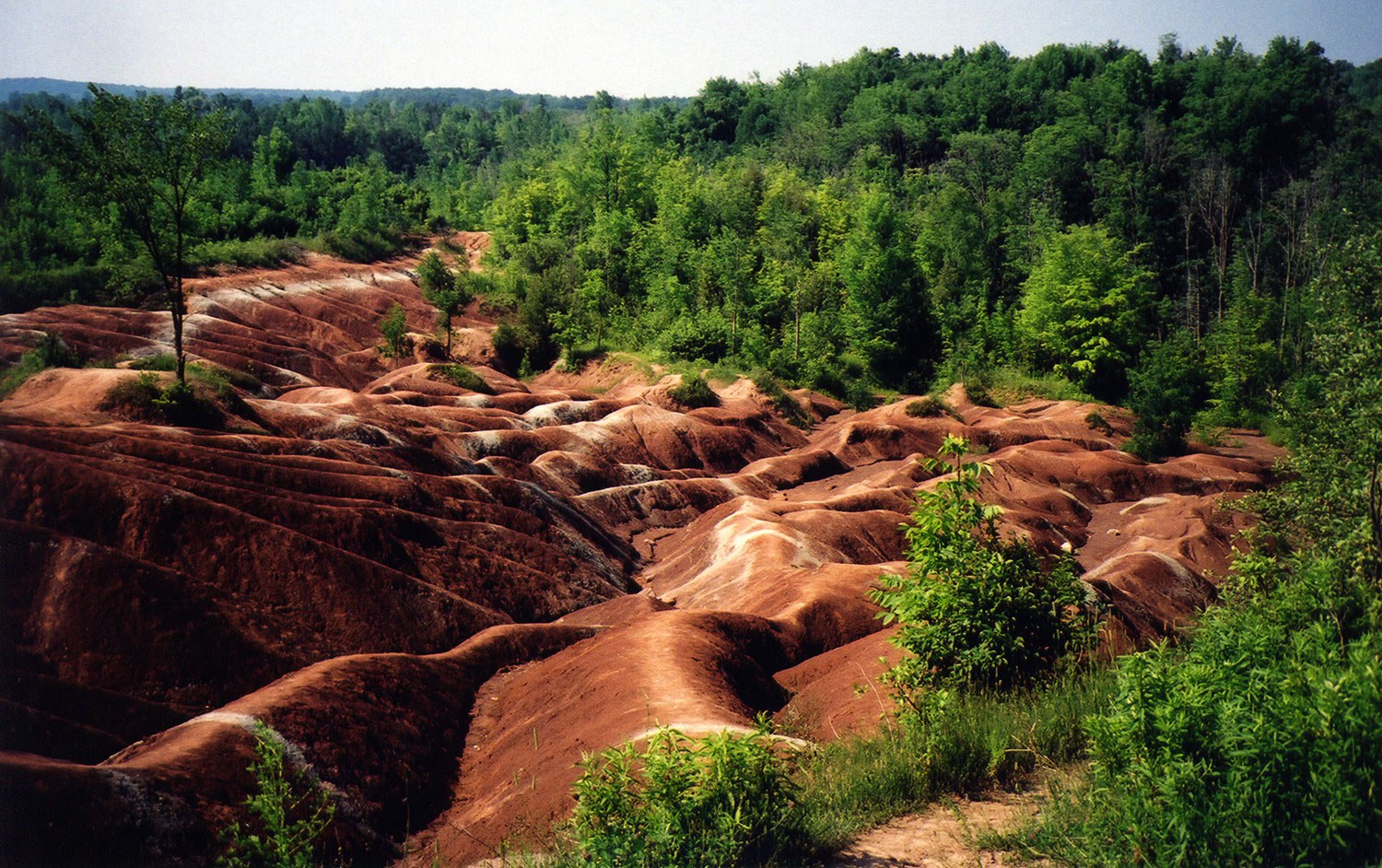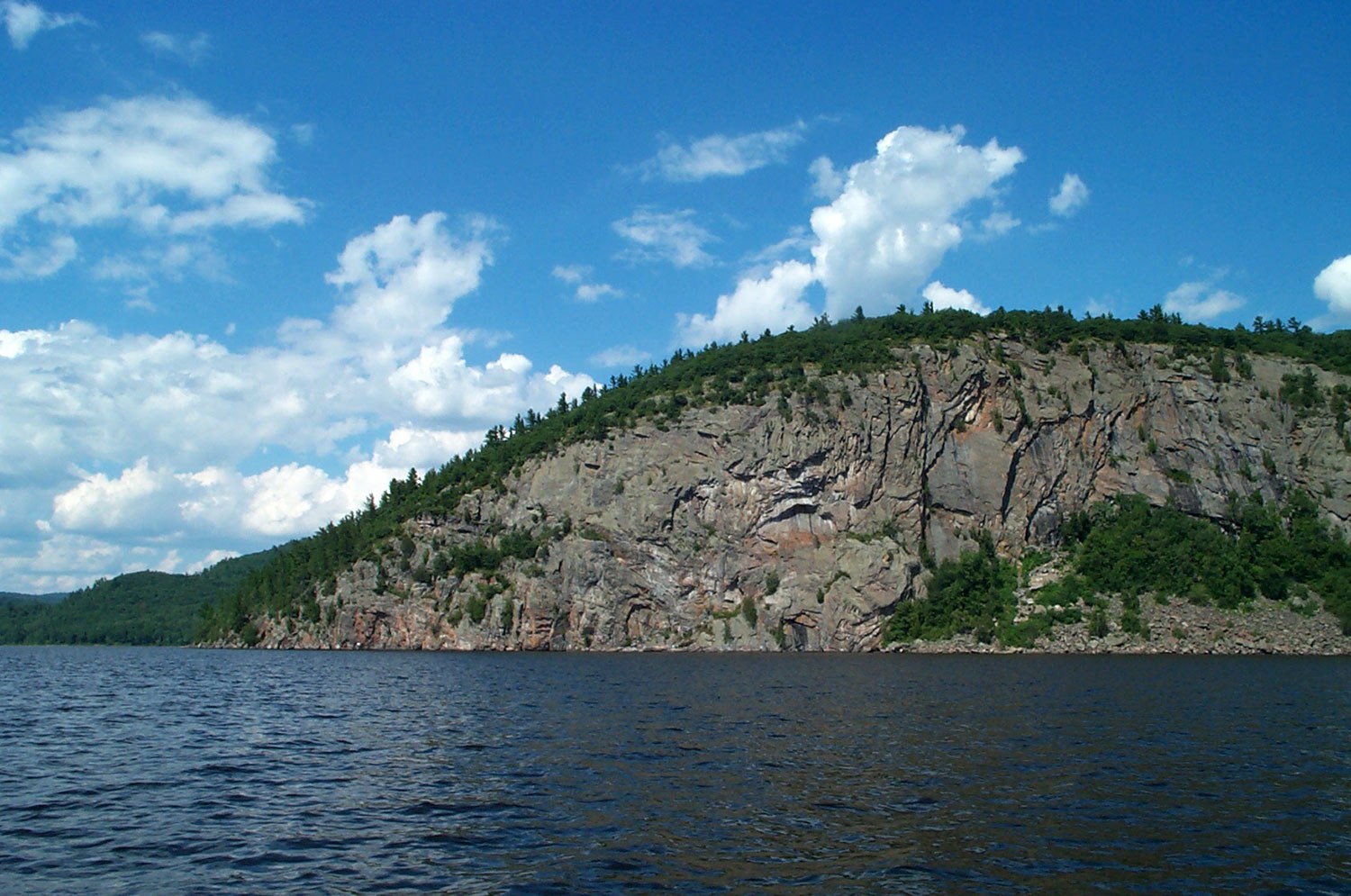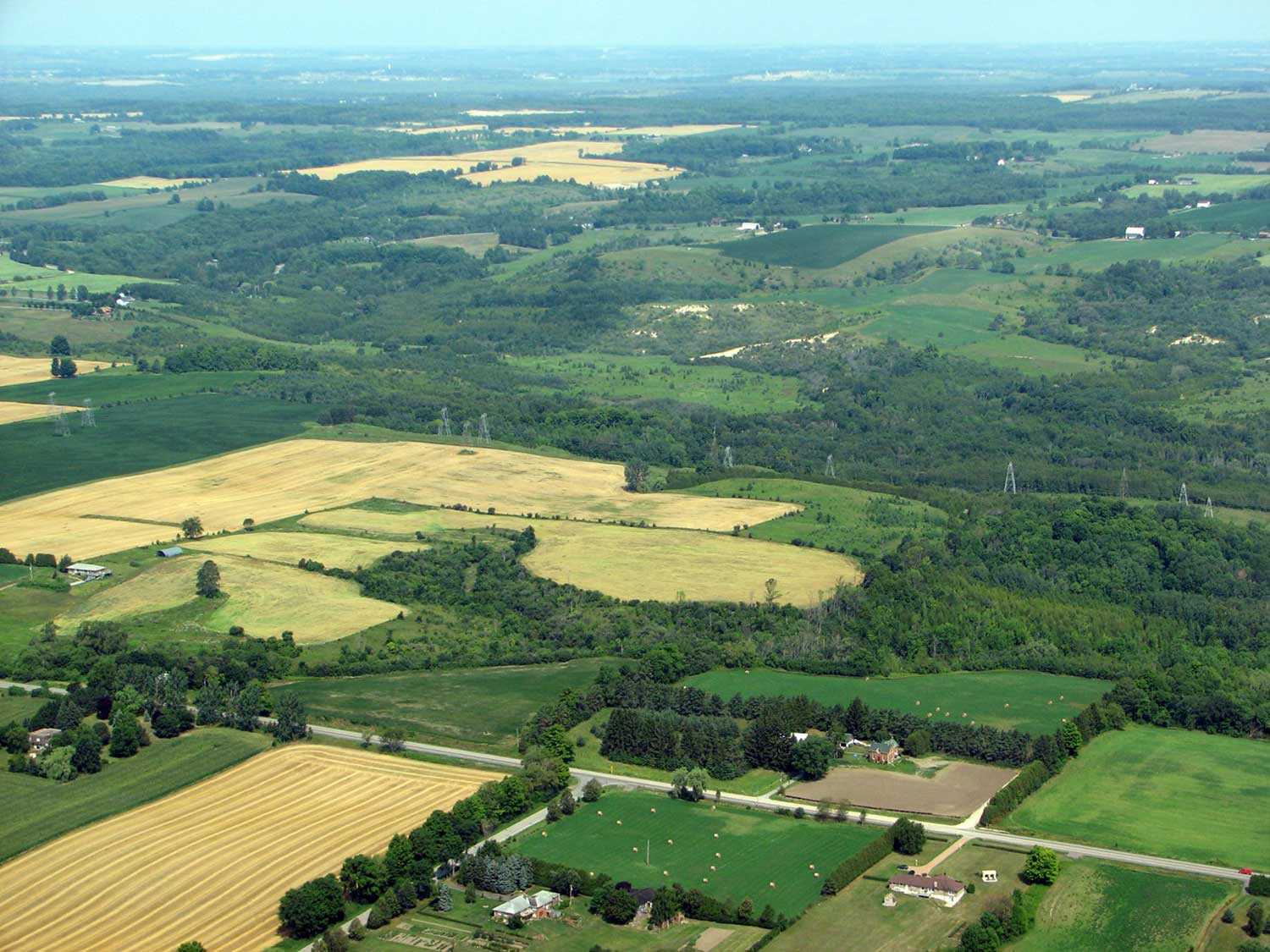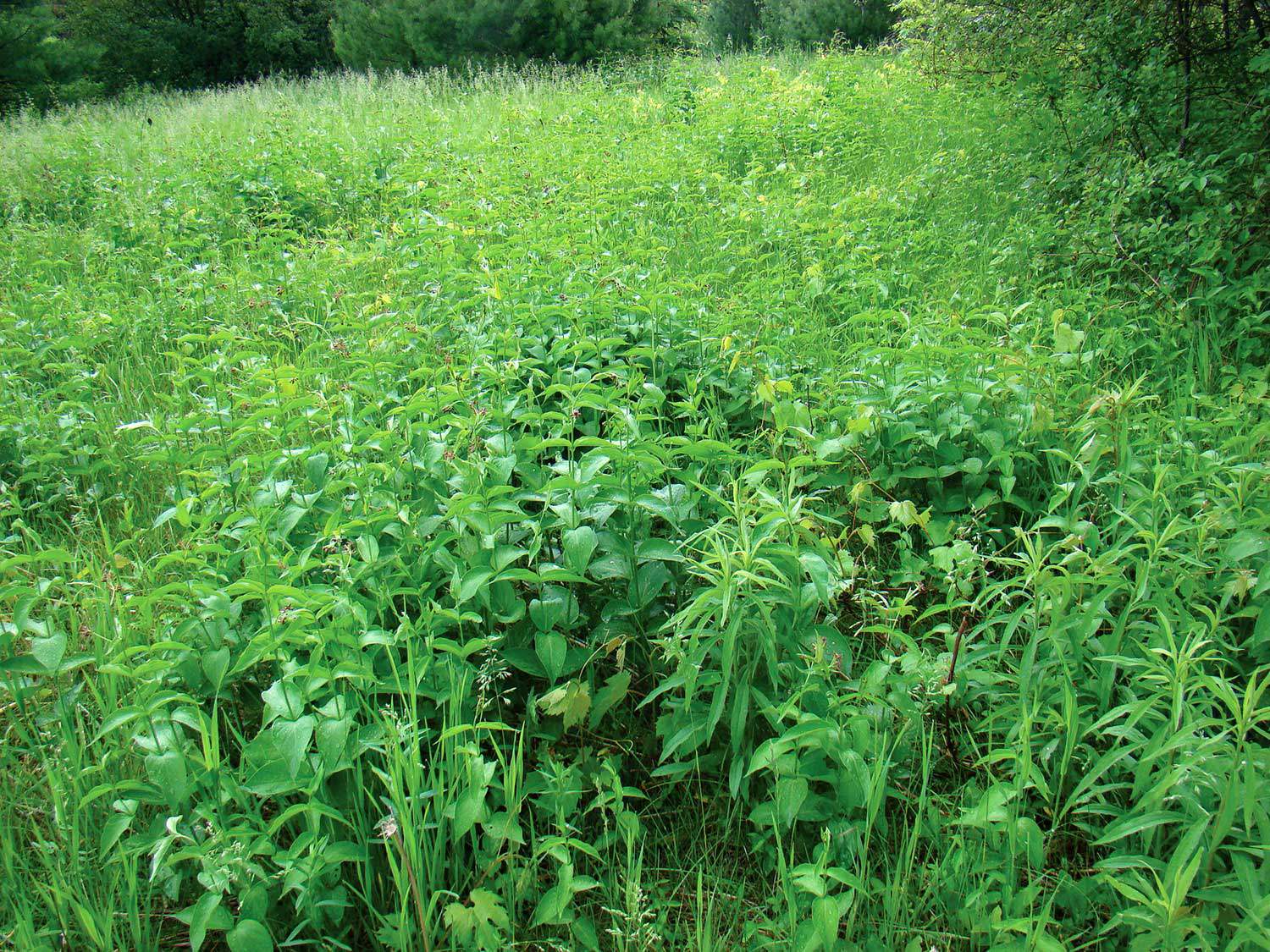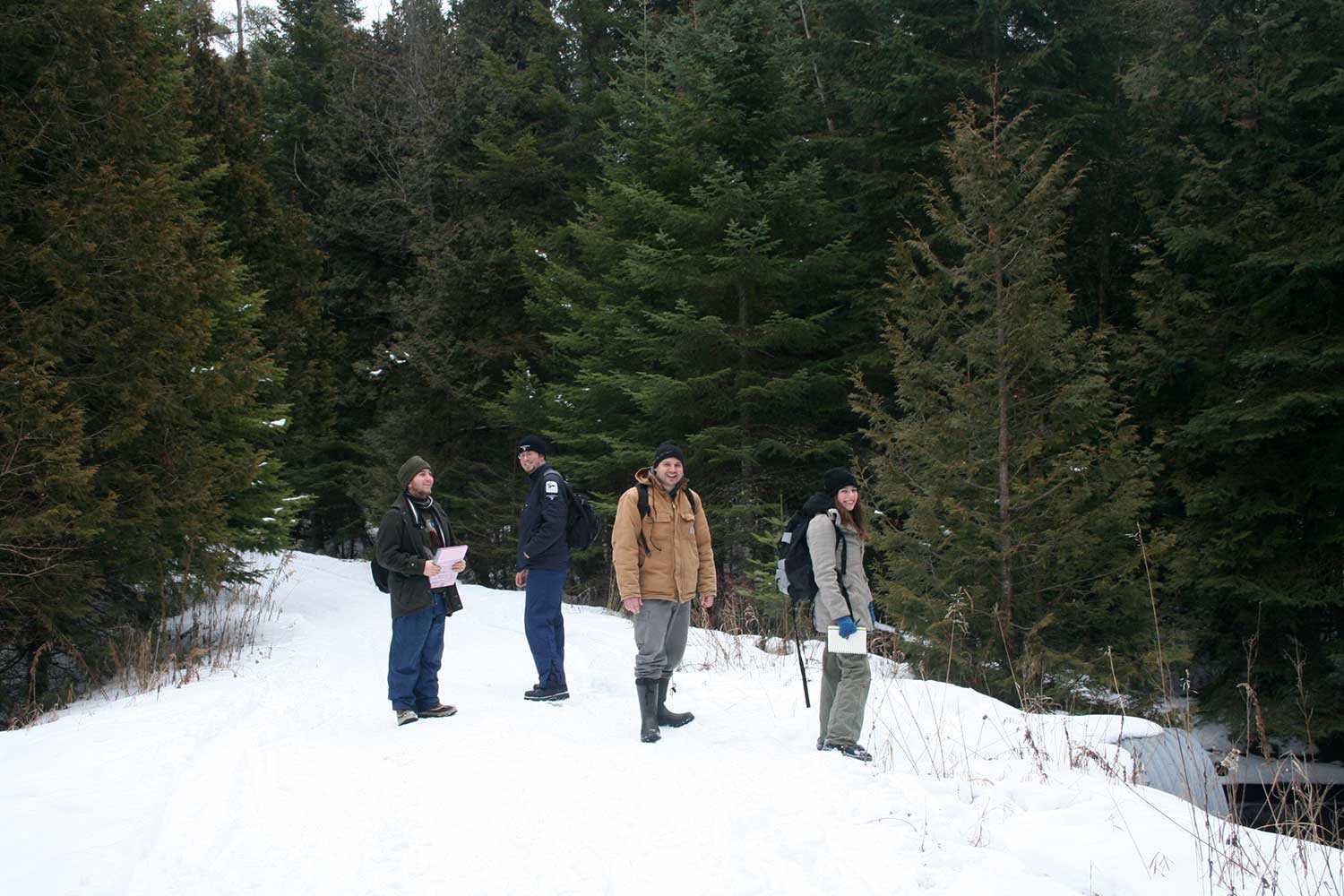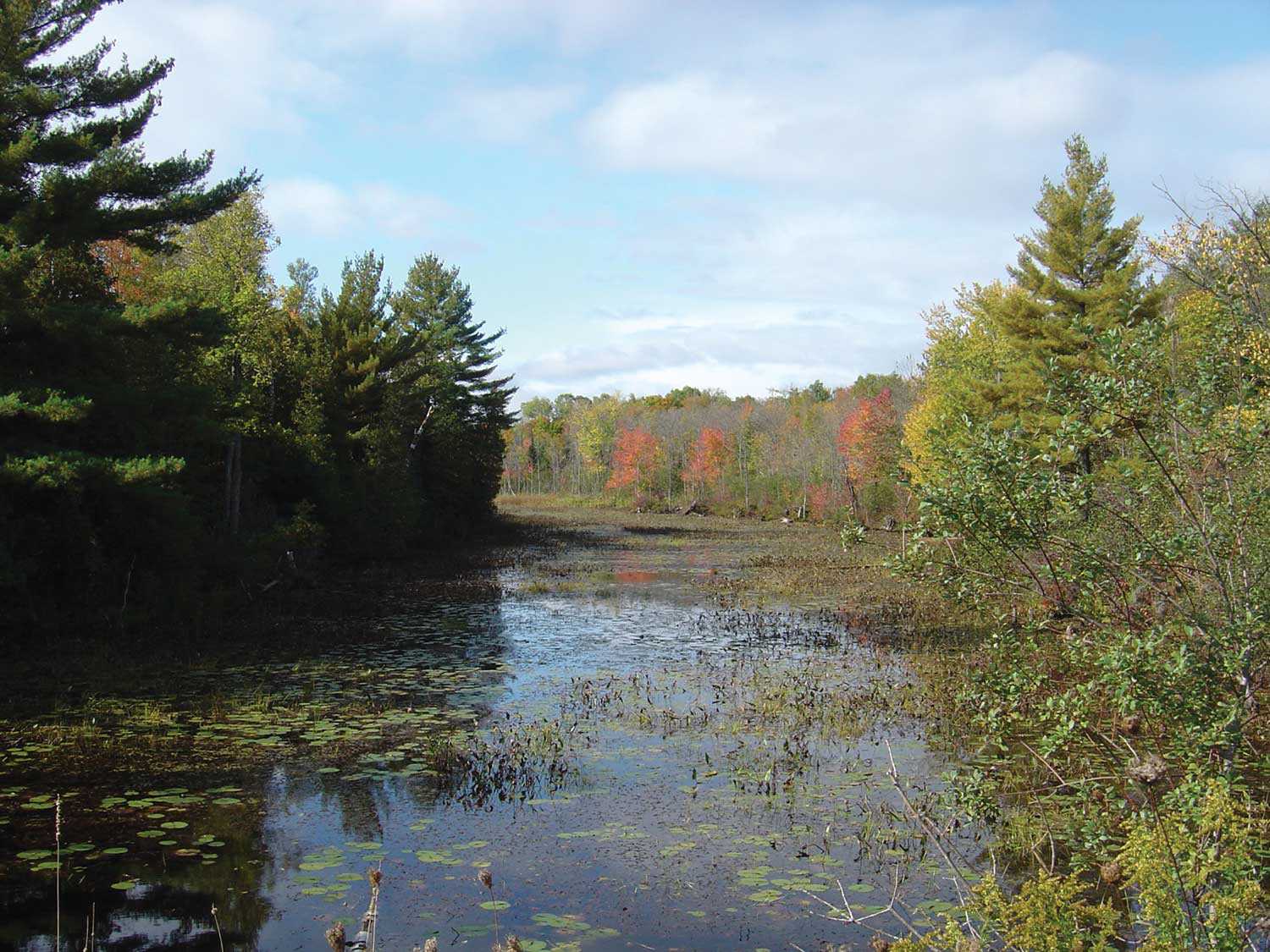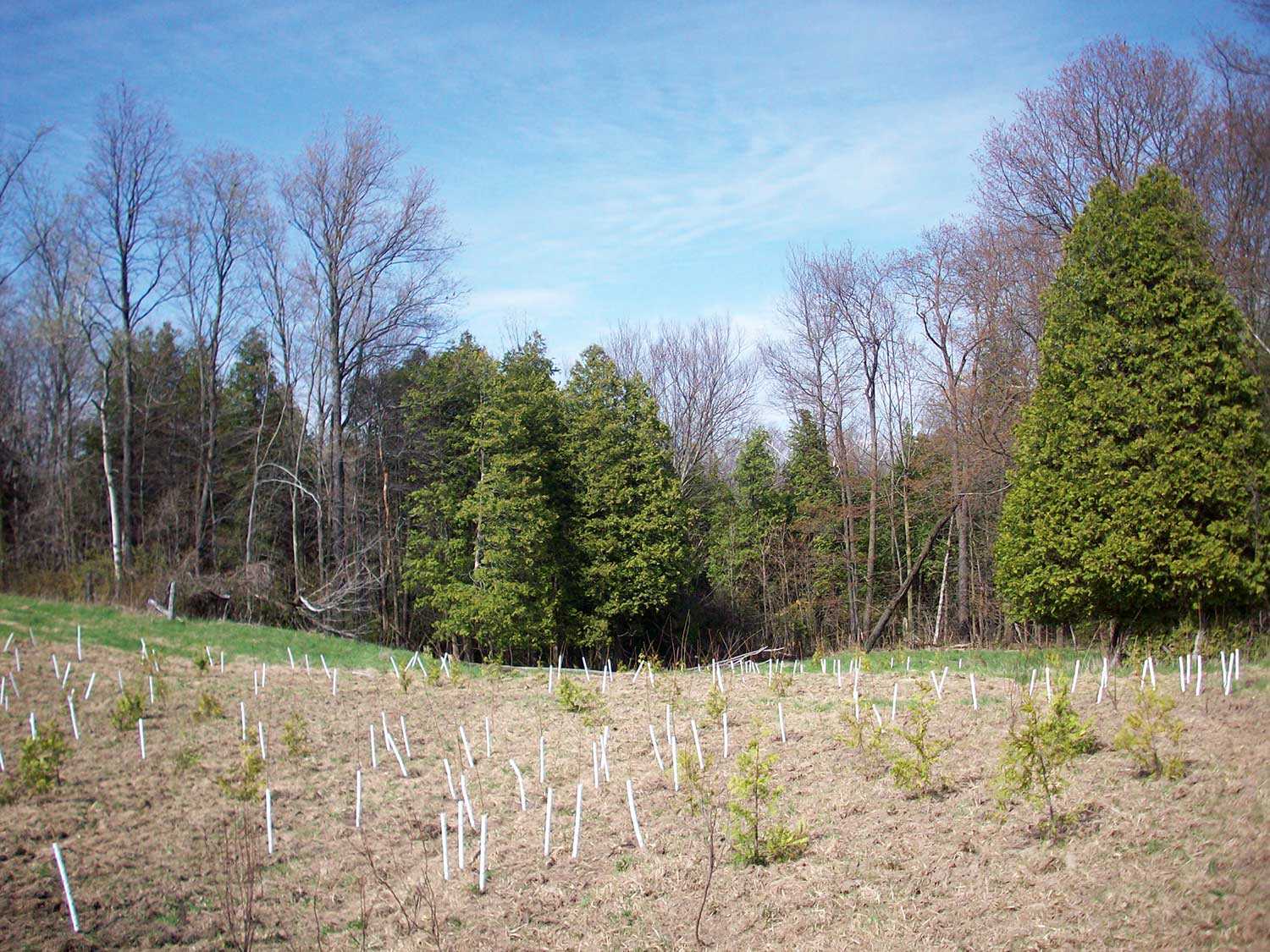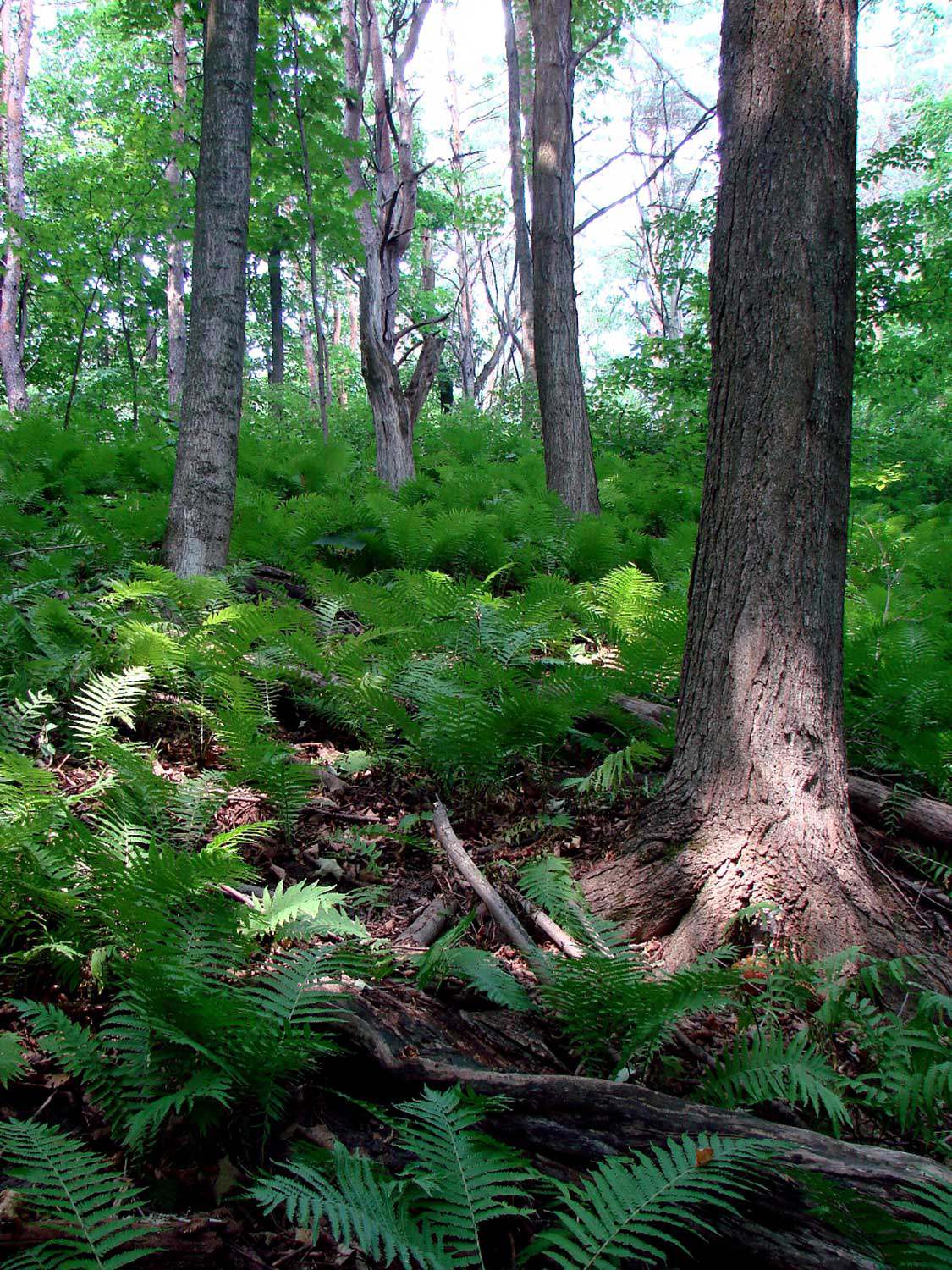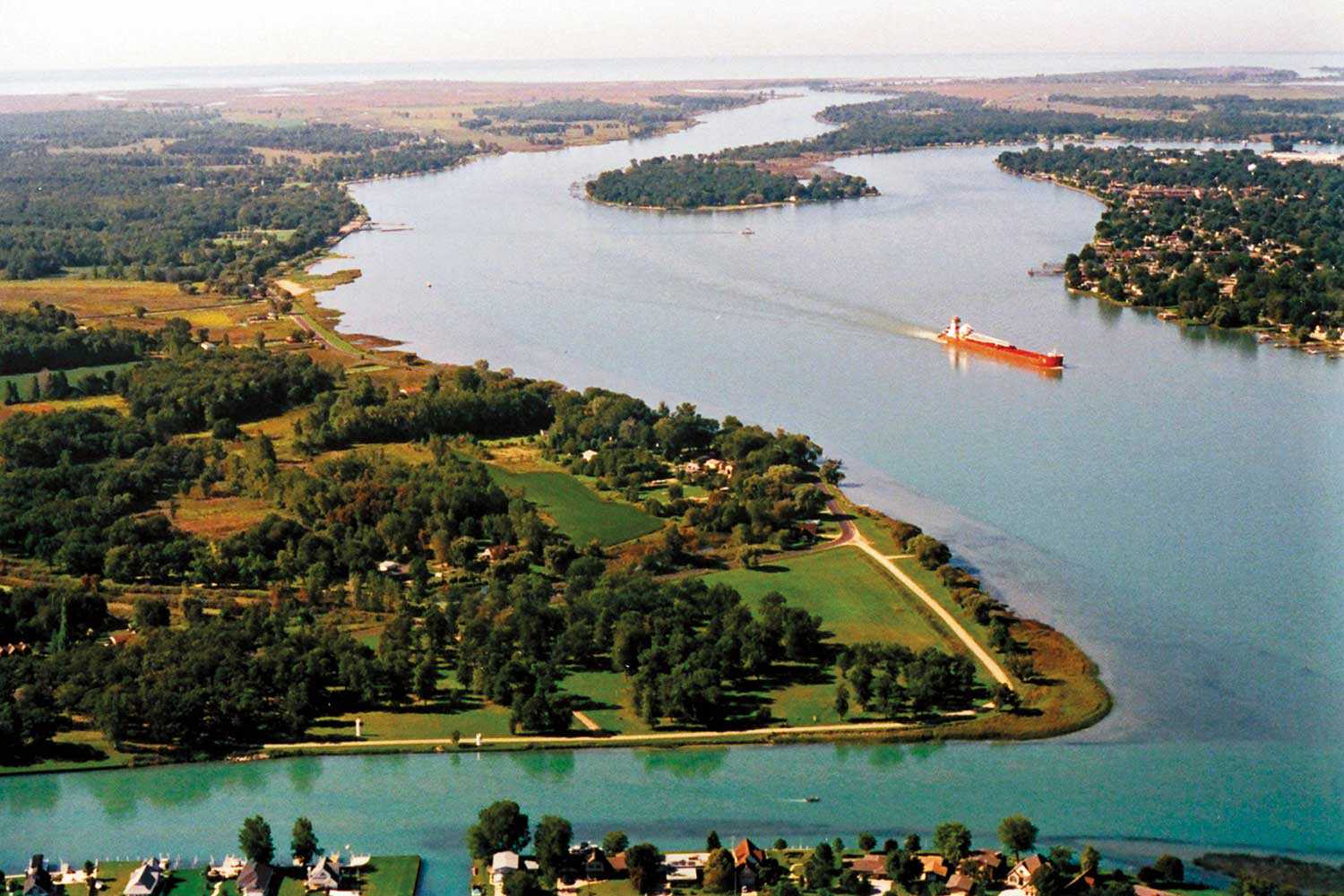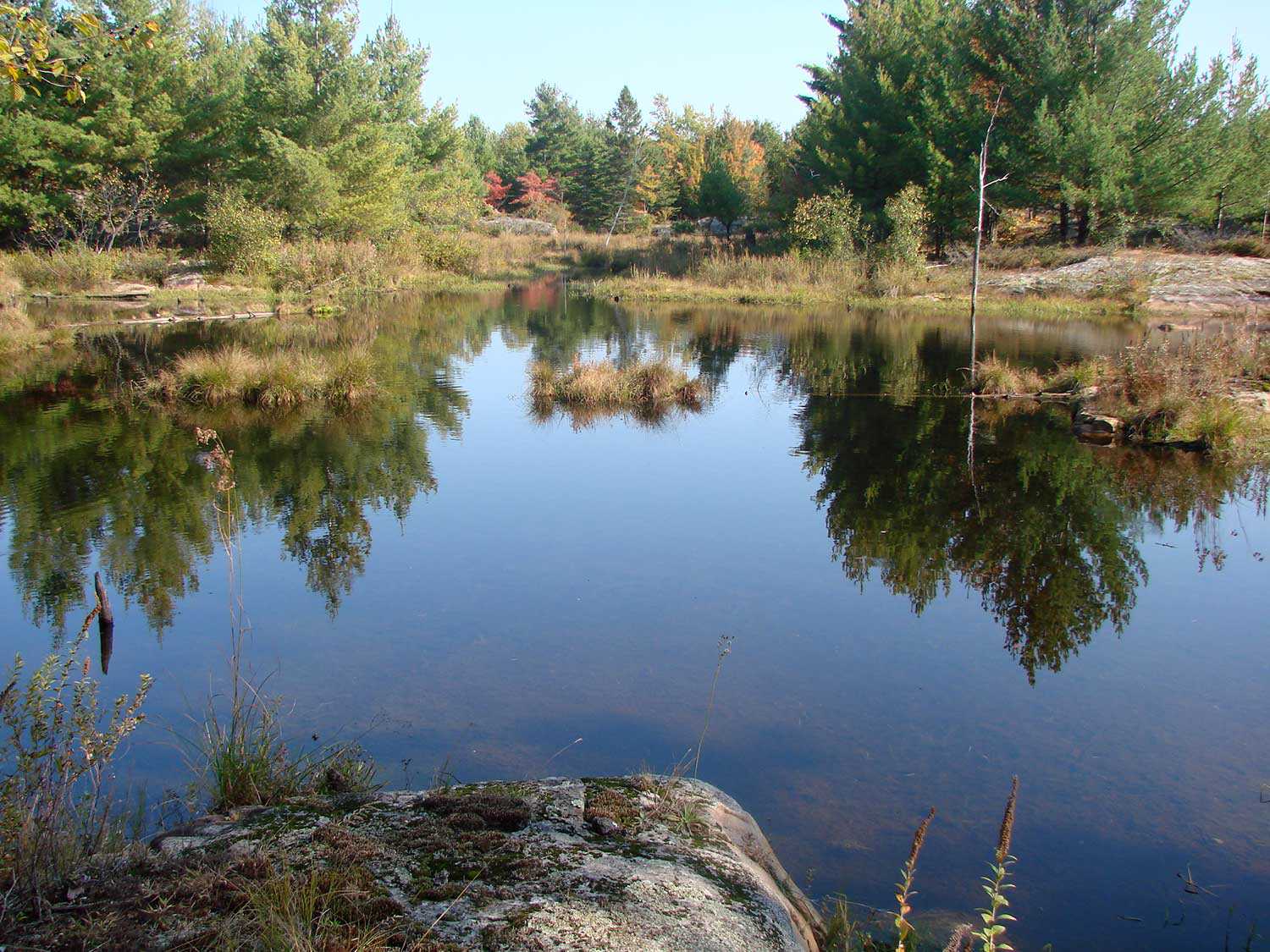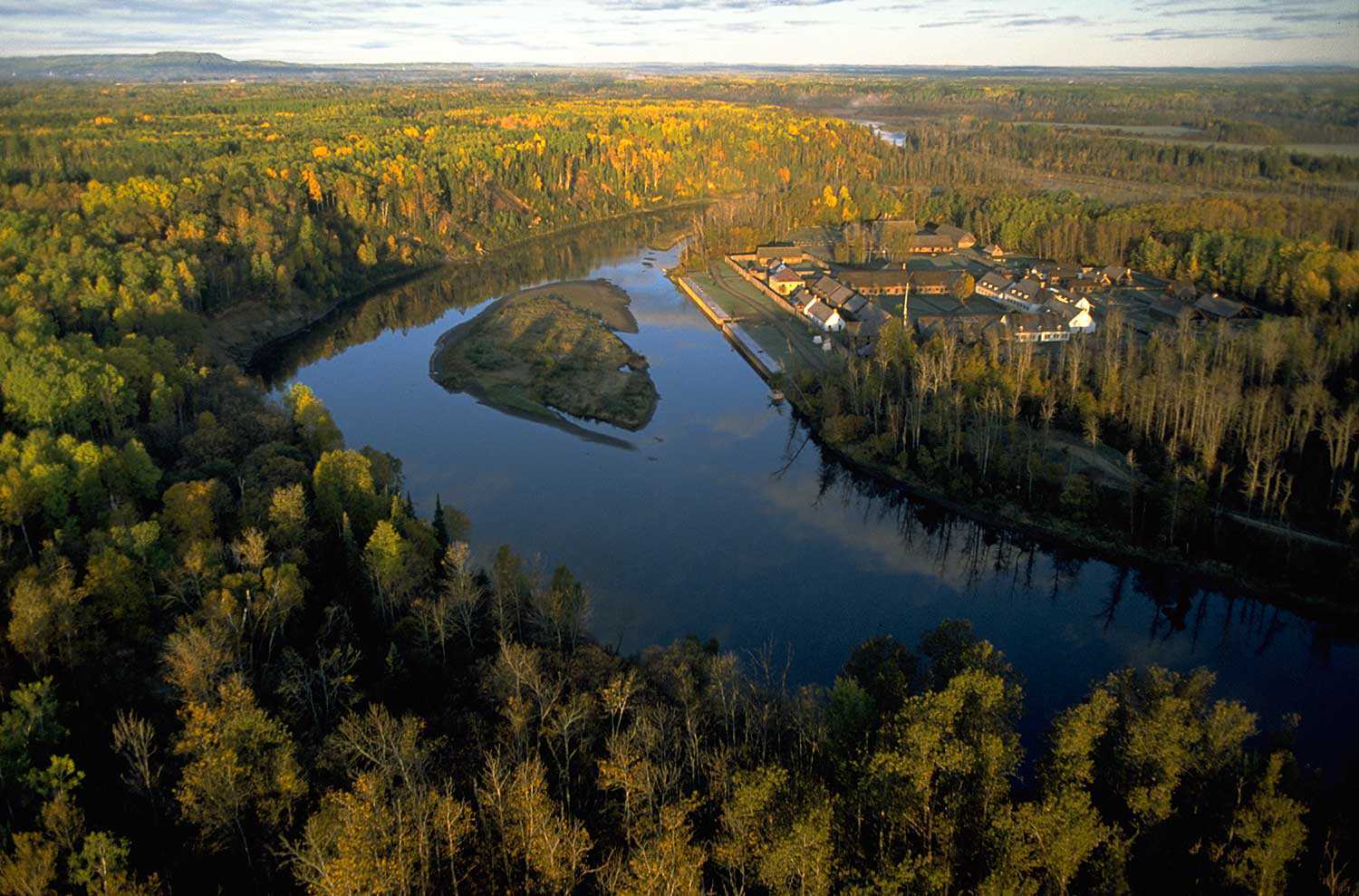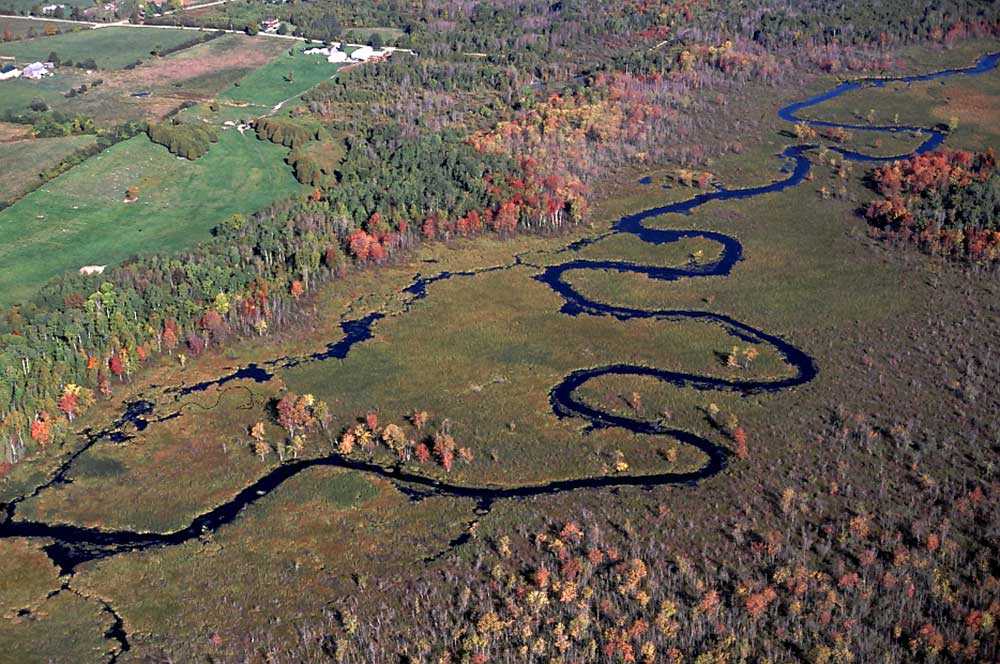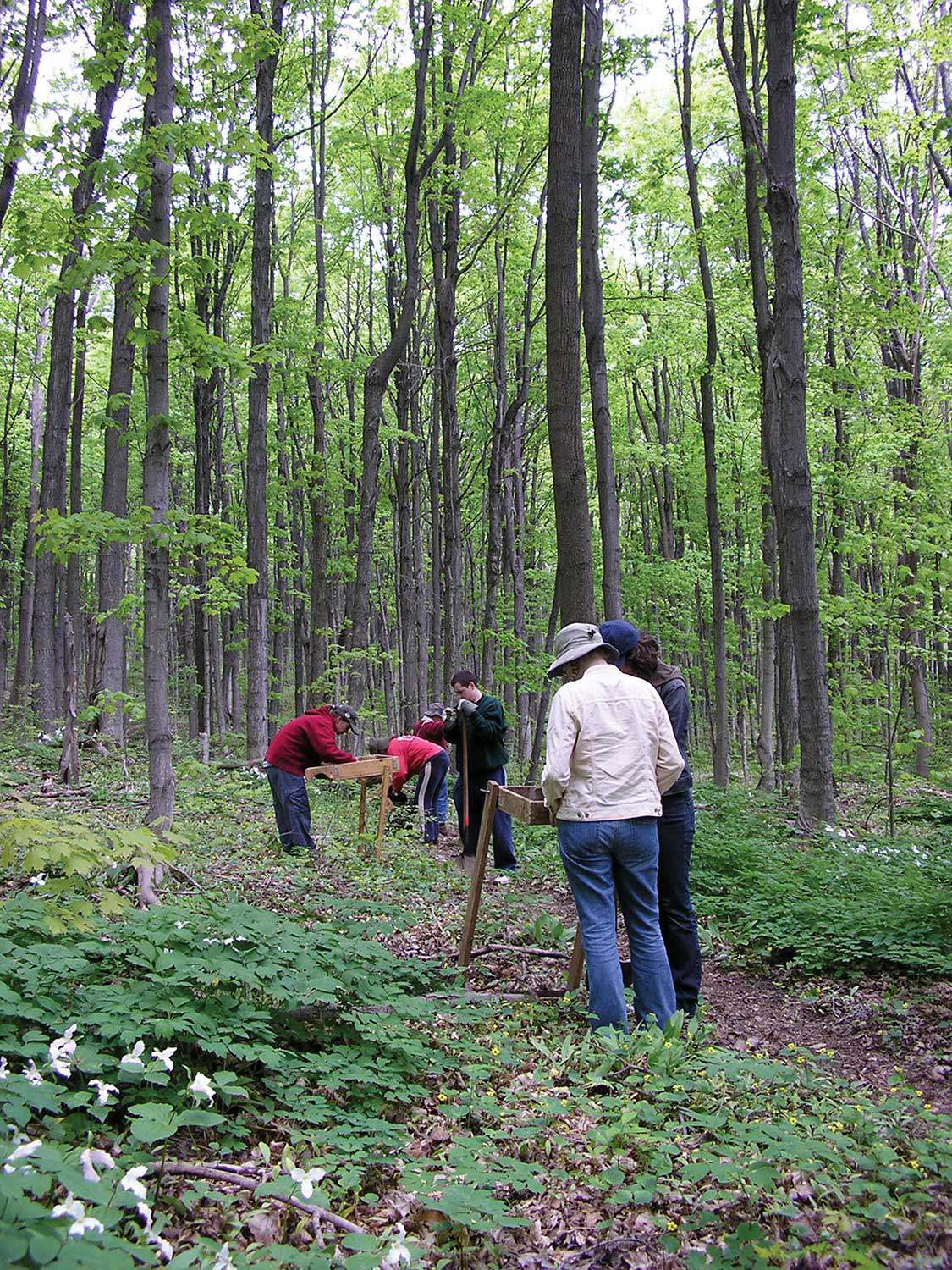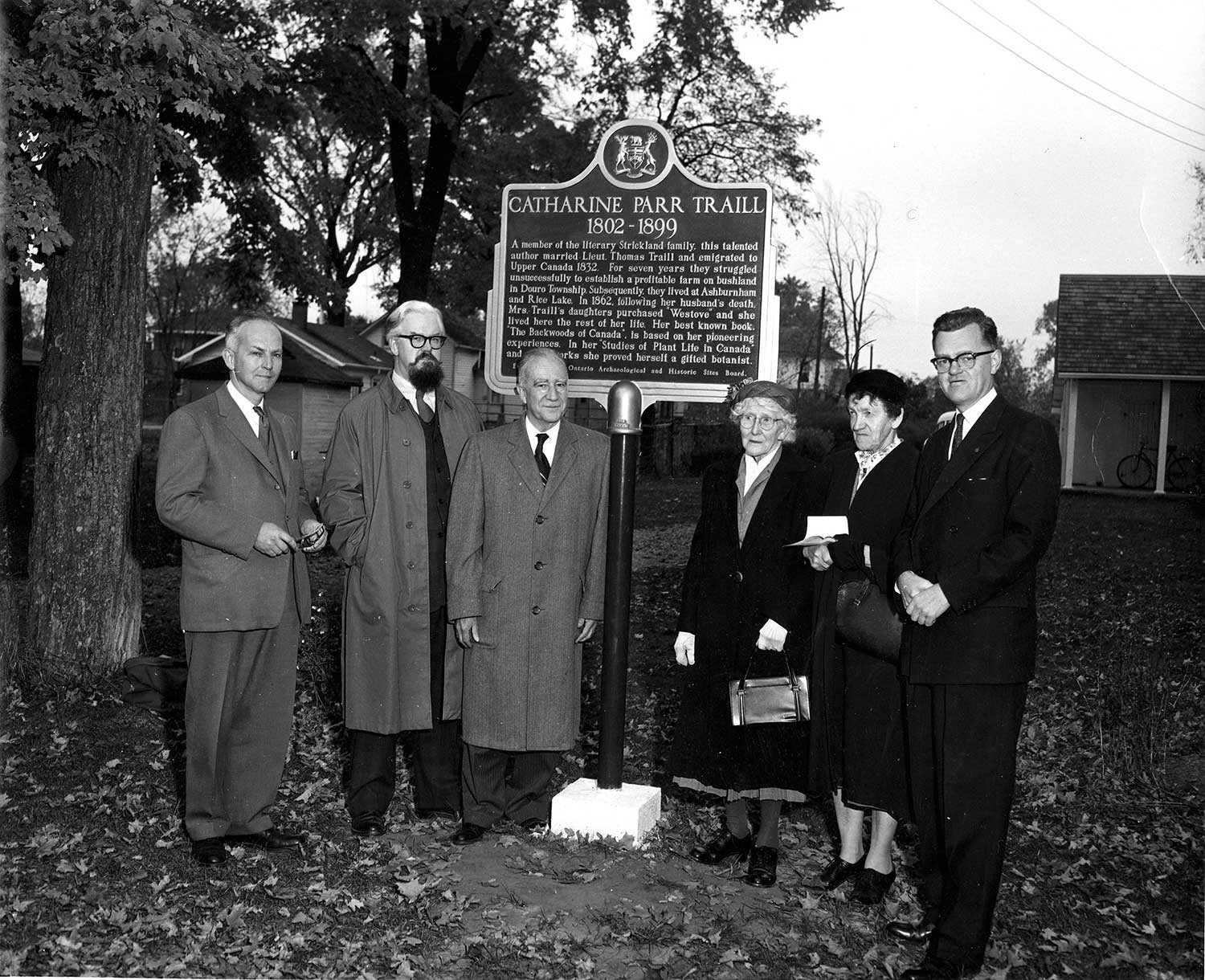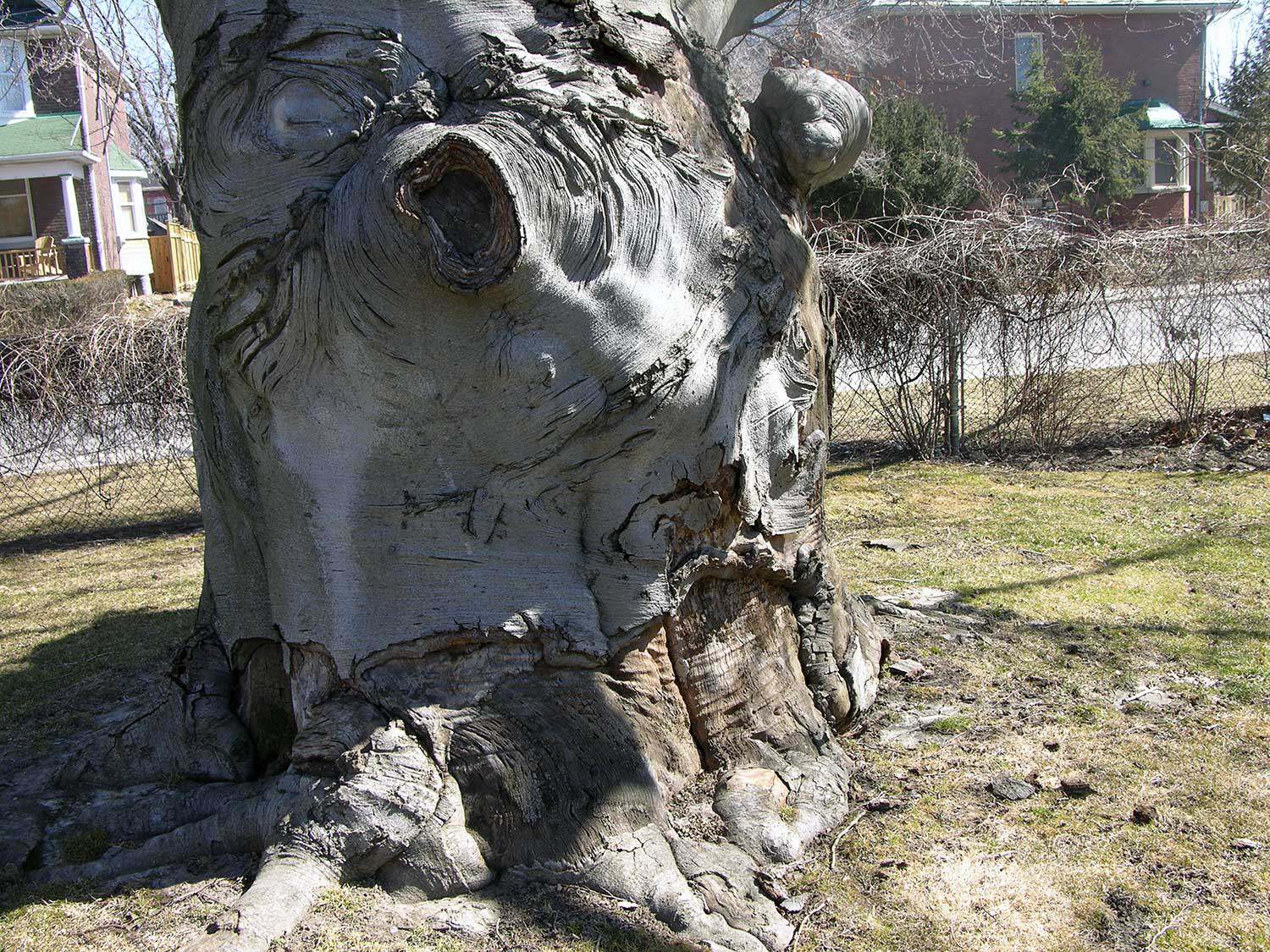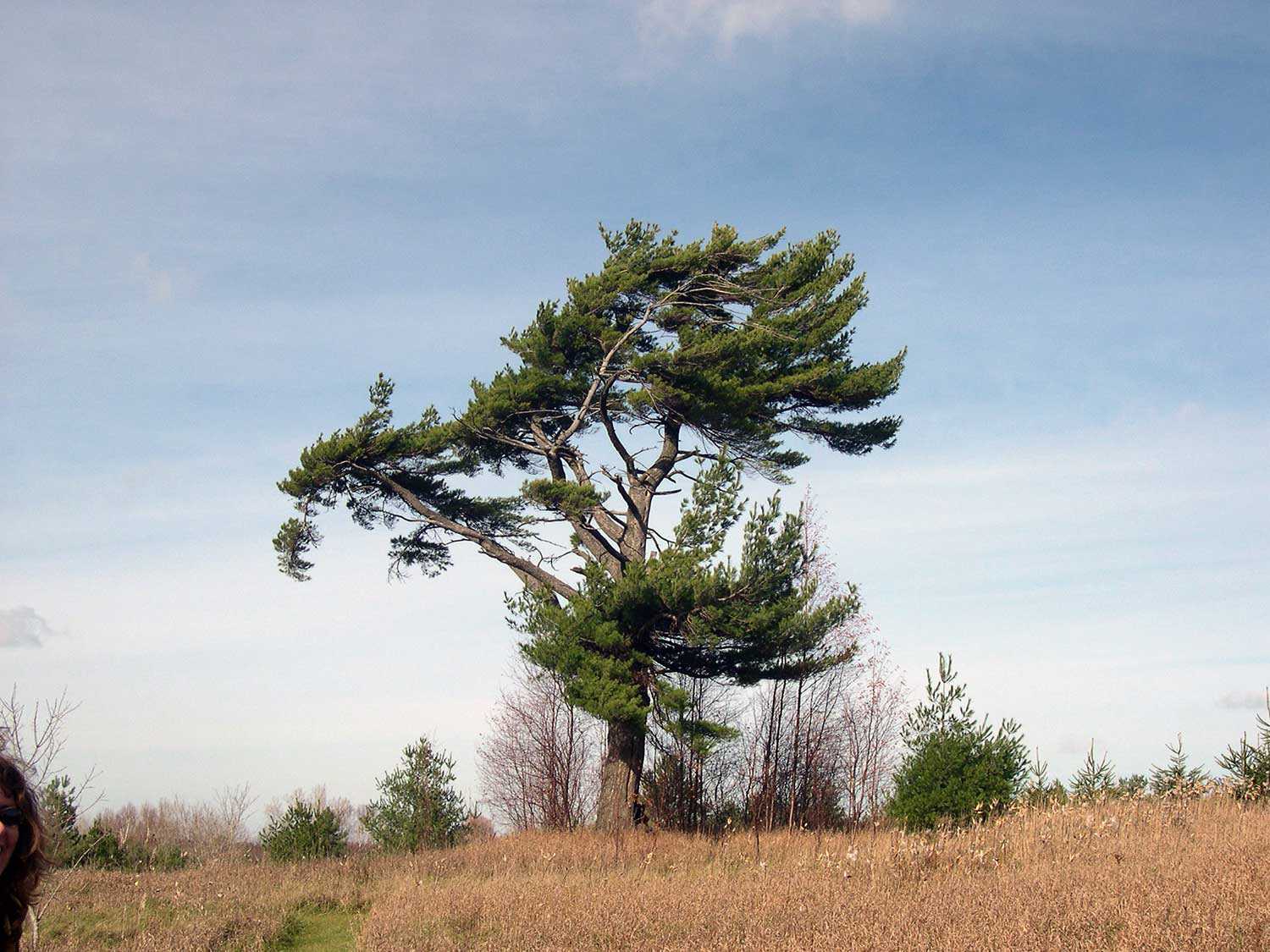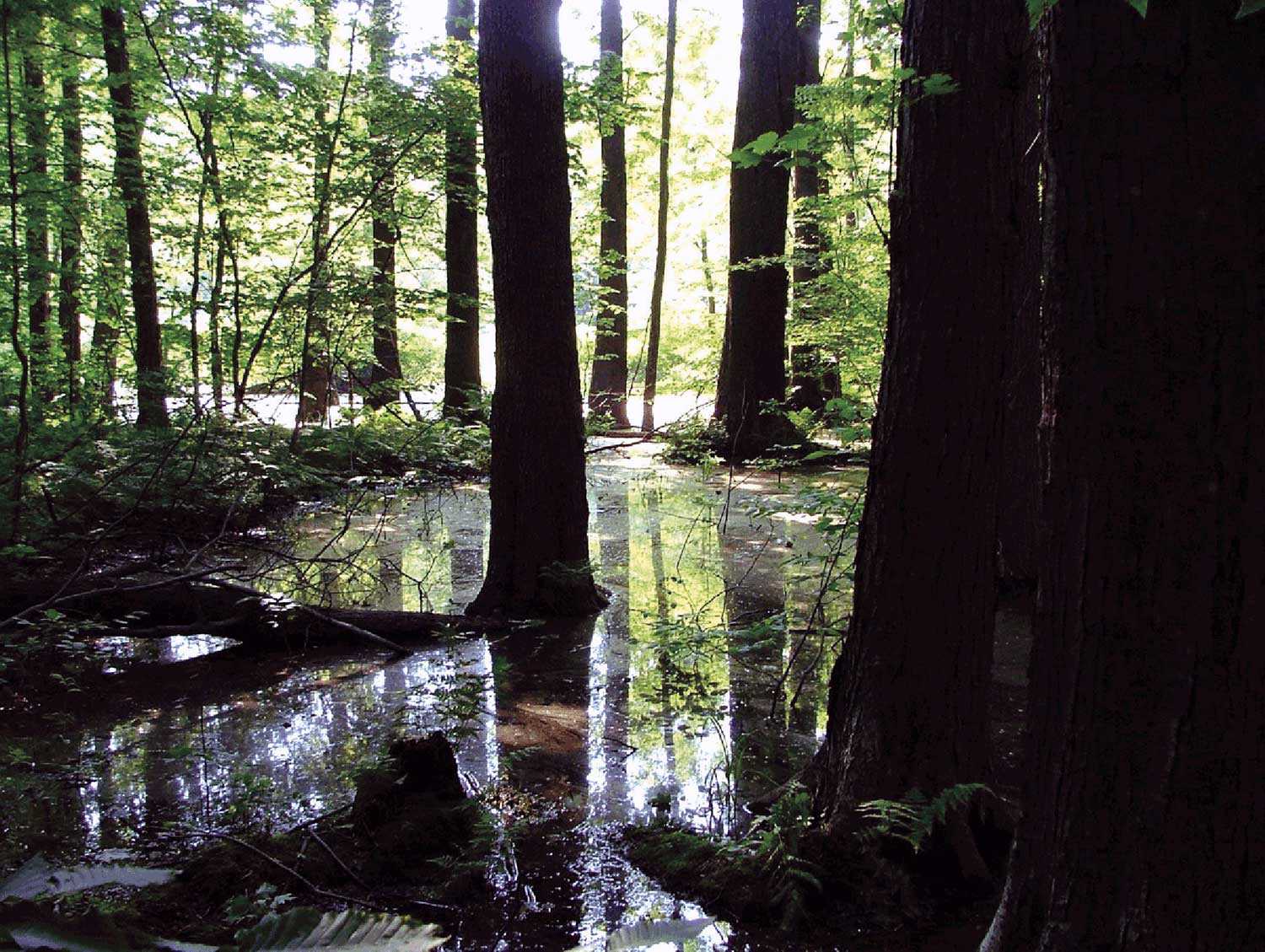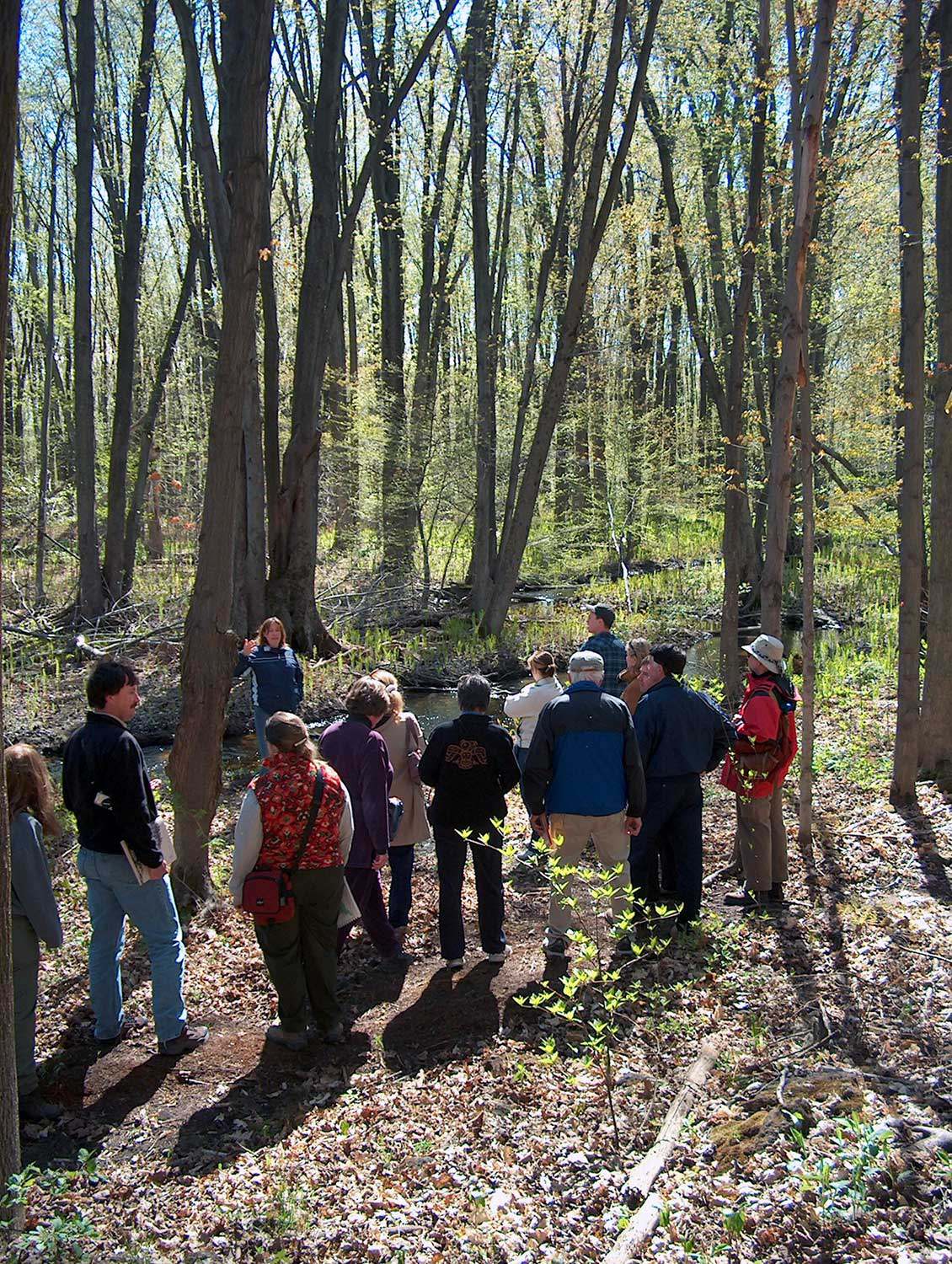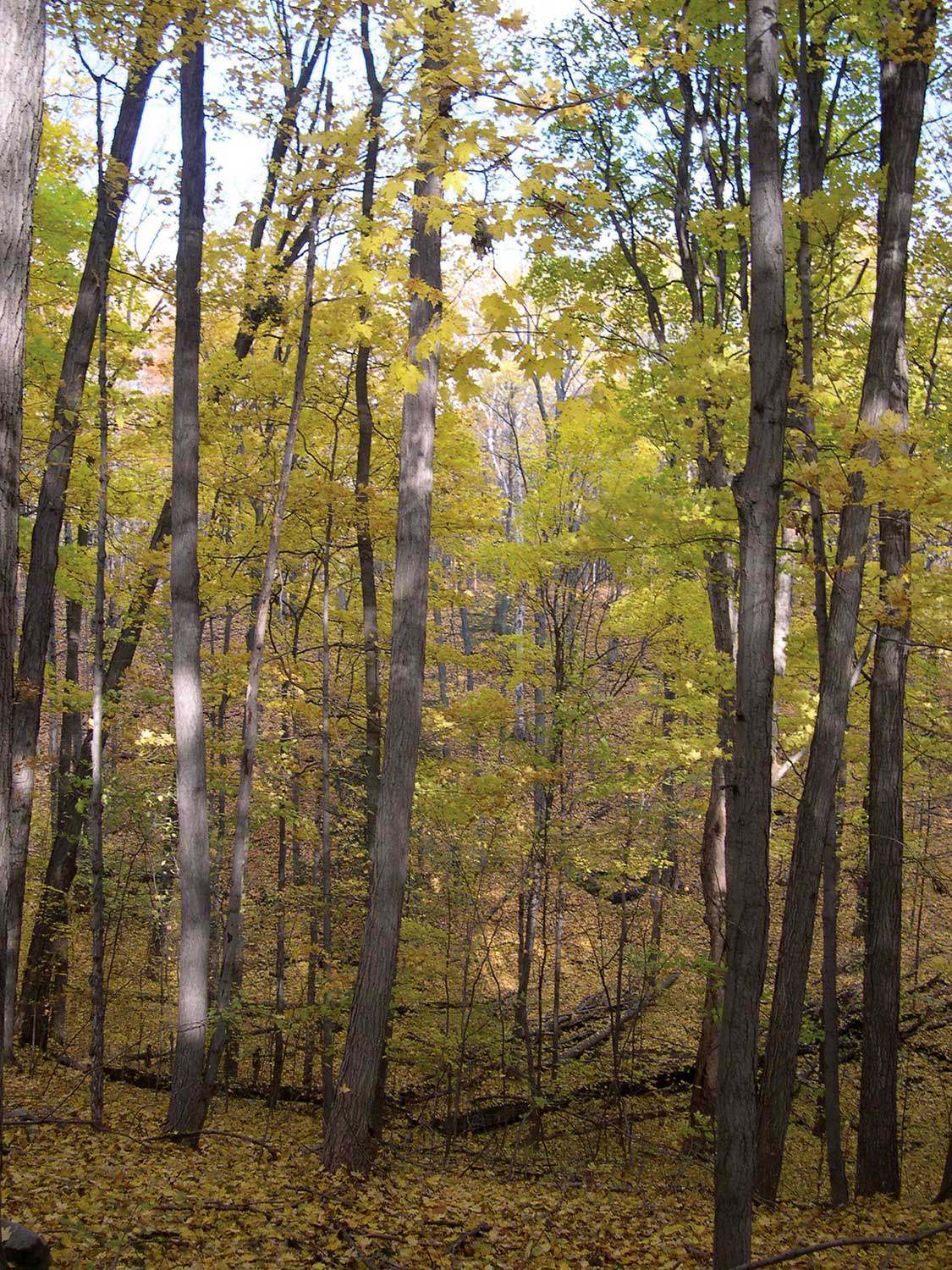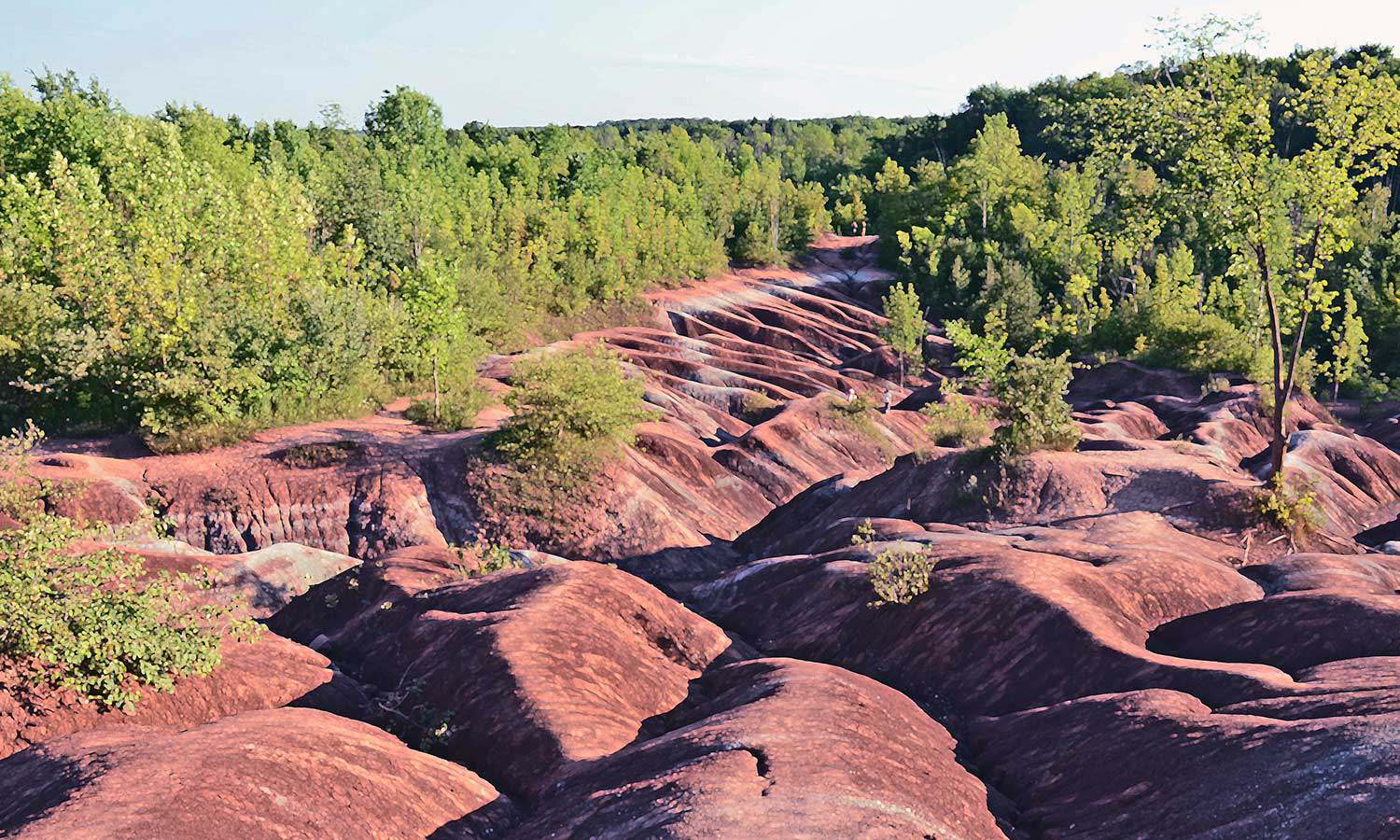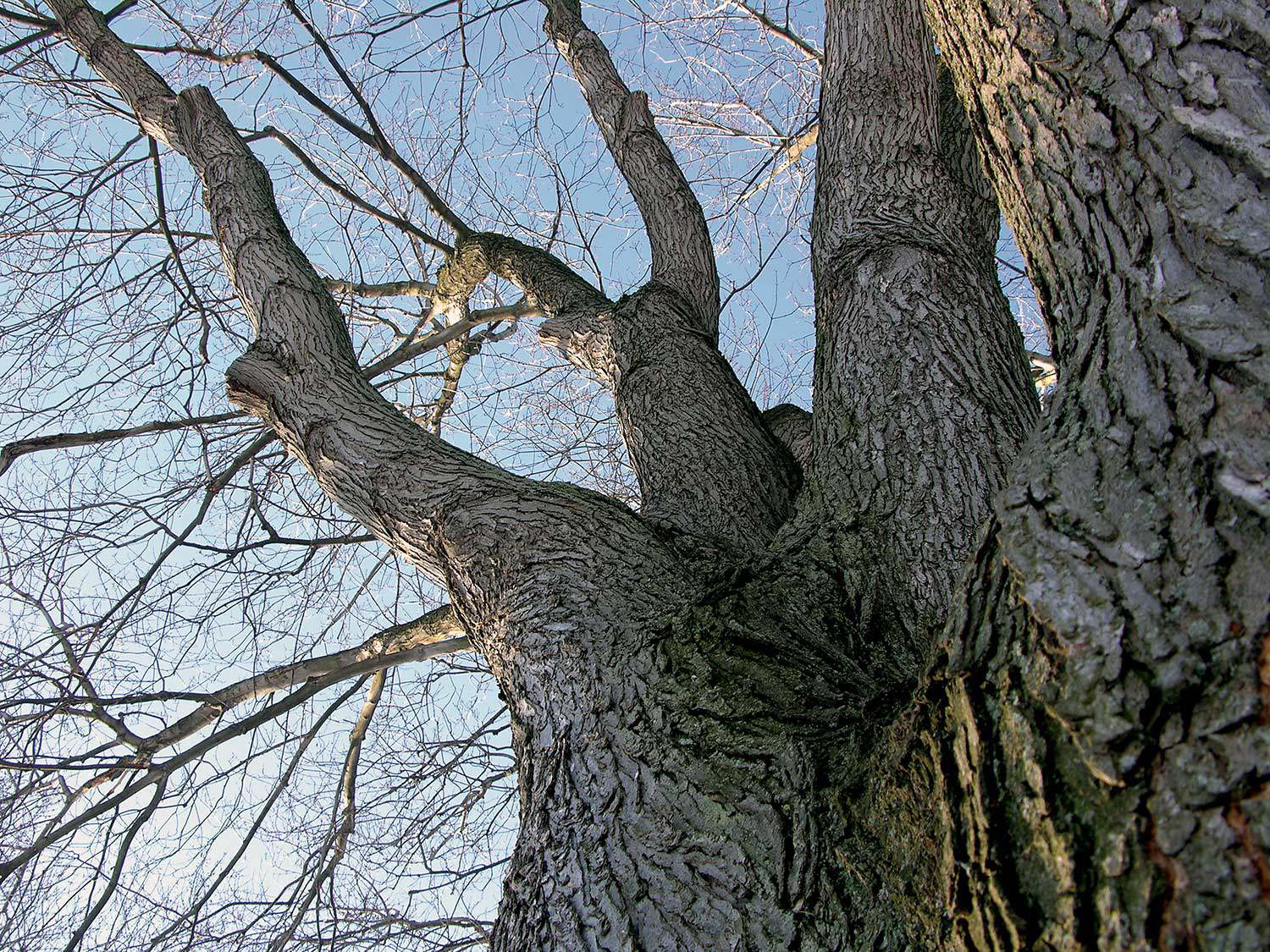

Browse by category
- Adaptive reuse
- Archaeology
- Arts and creativity
- Black heritage
- Buildings and architecture
- Communication
- Community
- Cultural landscapes
- Cultural objects
- Design
- Economics of heritage
- Environment
- Expanding the narrative
- Food
- Francophone heritage
- Indigenous heritage
- Intangible heritage
- Medical heritage
- Military heritage
- MyOntario
- Natural heritage
- Sport heritage
- Tools for conservation
- Women's heritage
Giant meteorite slams Algonquin Park
Well, that would have been the headline 450 million years ago. Today, it is a fascinating mark on our natural landscape.
This is not a tale of science fiction, but rather the most likely explanation of how Ontario’s Brent Crater in Algonquin Park was created. A giant meteorite suddenly plummets from outer space. Travelling at breakneck speed, it crashes to the ground in an instant. When it hits, the explosive impact releases energy equivalent to 250 megatons of TNT and sends shockwaves through the area. In its wake, it leaves a massive crater nearly four kilometres wide and hundreds of metres deep. Located at the northern edge of Algonquin Park near the village of Brent, the crater is a fascinating part of our geological history.
First discovered in 1951 from high-altitude aerial photographs, the crater appears as a circular depression across a terrain of thick woods, with lakes Gilmour and Tecumseh defining its north ring. Geophysical and diamond drilling investigations have shown that the crater contains more than 250 metres of sedimentary rock – including limestone, dolostone, sandstone, siltstone, shale and gypsum. Below that is a layer of breccia several hundred metres thick, composed of fragmented rocks.
Today, visitors explore the Brent Crater on foot. Entry to the area is by Brent Road, an access road located on the north side of the park off Highway 17. The Cedar Lake-Brent park office is en route and the entrance to Brent Crater trail is further down the road; there is also a campground nearby. For visitors familiar with Algonquin Park, it is worth noting that Brent Road provides excellent access deep into the park’s interior.
At the crater, a two-kilometre interpretive hiking trail features six numbered posts designating its geological features. The path descends the eroded rim of the crater, proceeds to Tecumseh Lake and climbs back up the crater wall.
The first stop on the trail is the Observation Tower, where a provincial plaque commemorates the site. The tower provides the best views across to the crater’s far rim, giving visitors some idea of its original size and the high-speed impact of the giant meteorite.
Along the trail, there is evidence of the meteorite’s impact in the form of broken rocks shattered by the explosion. Visitors also experience the sandy, gravelly soil left by the glaciers that feels spongy underfoot, and learn about the special ecosystem created in the wake of the meteorite strike.
The Brent Crater tells the story of a prehistoric event that has permanently shaped the landscape of our province. It is worth a visit to see what remains today of this extraordinary moment from the dawn of time.

